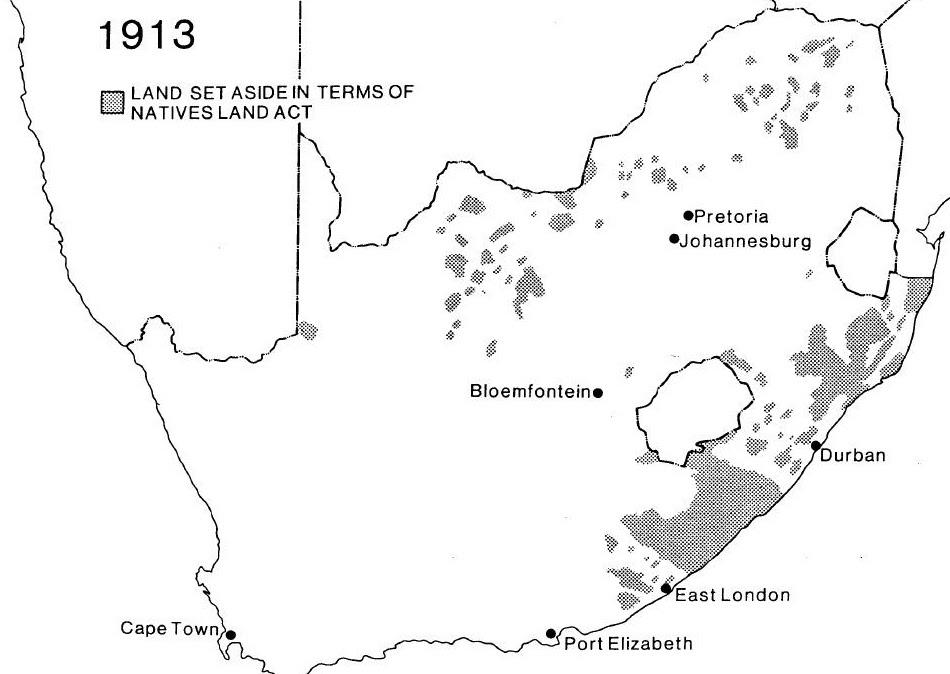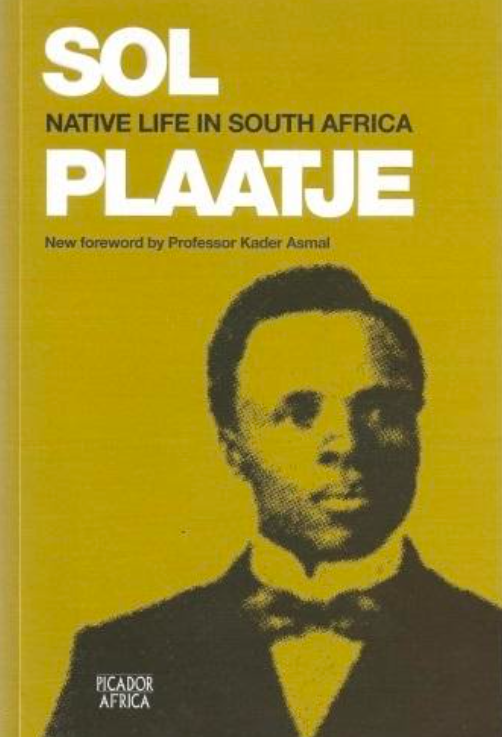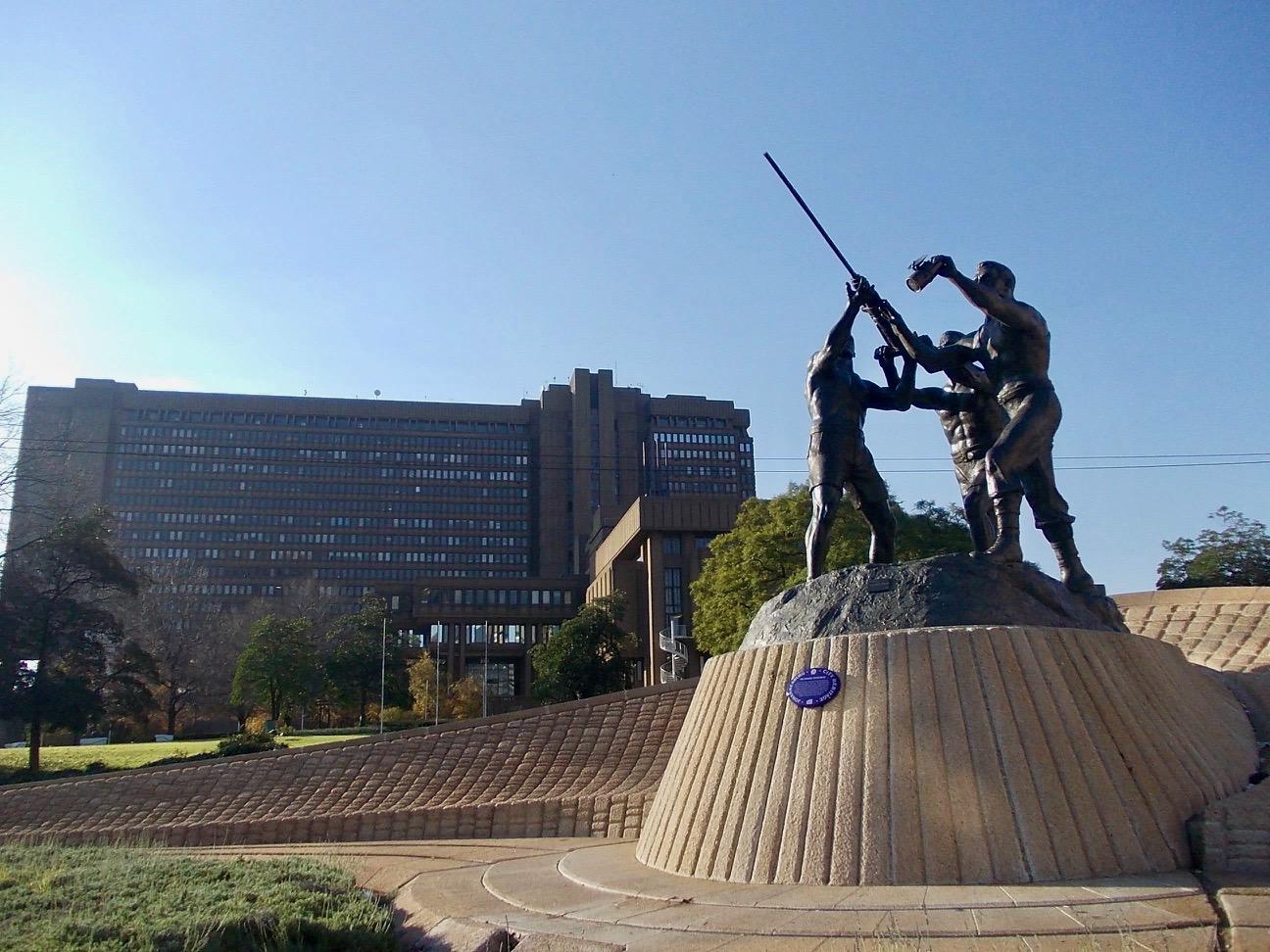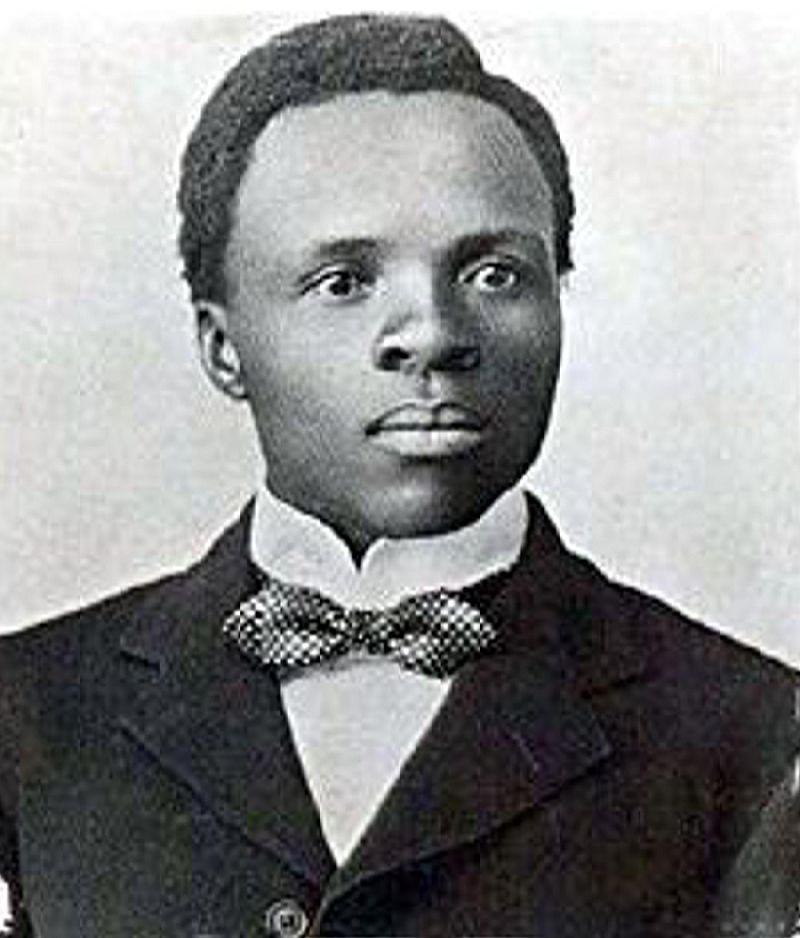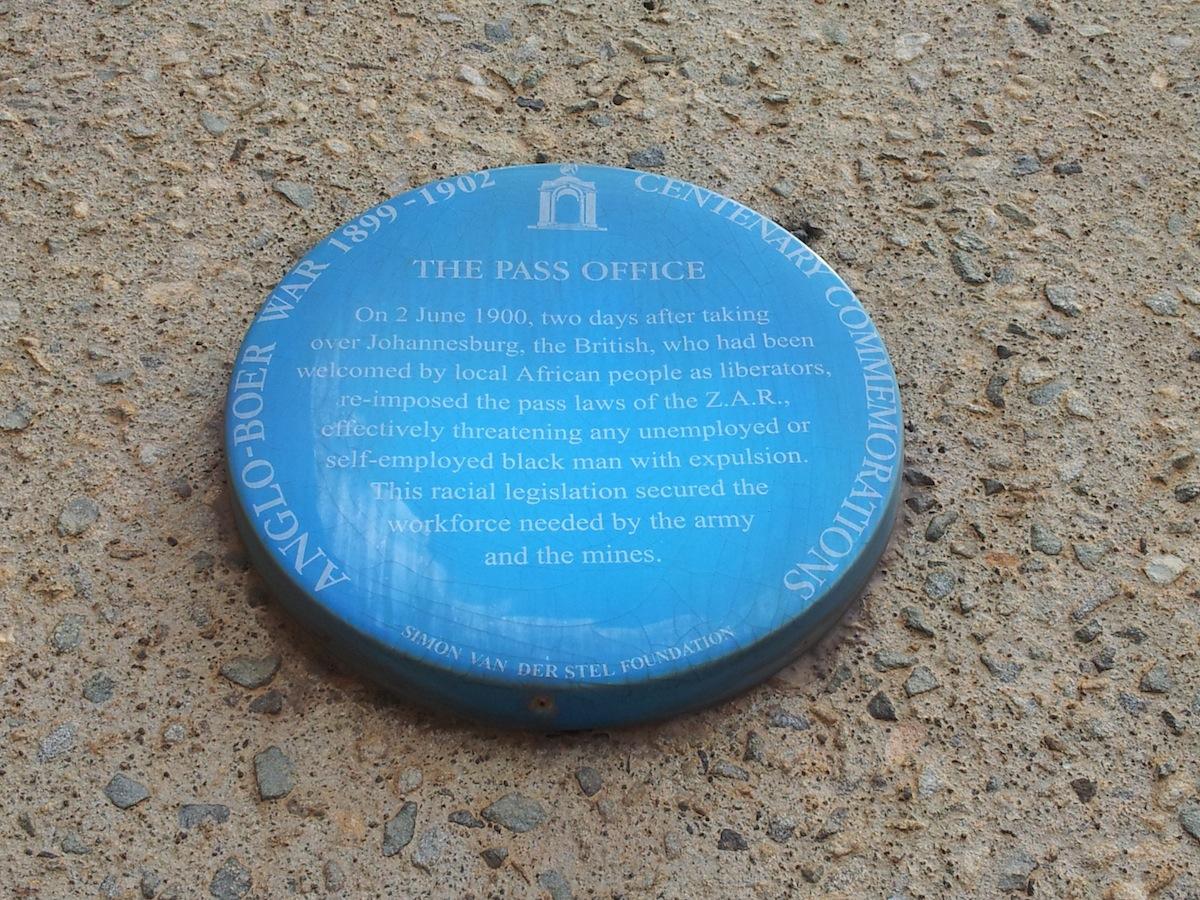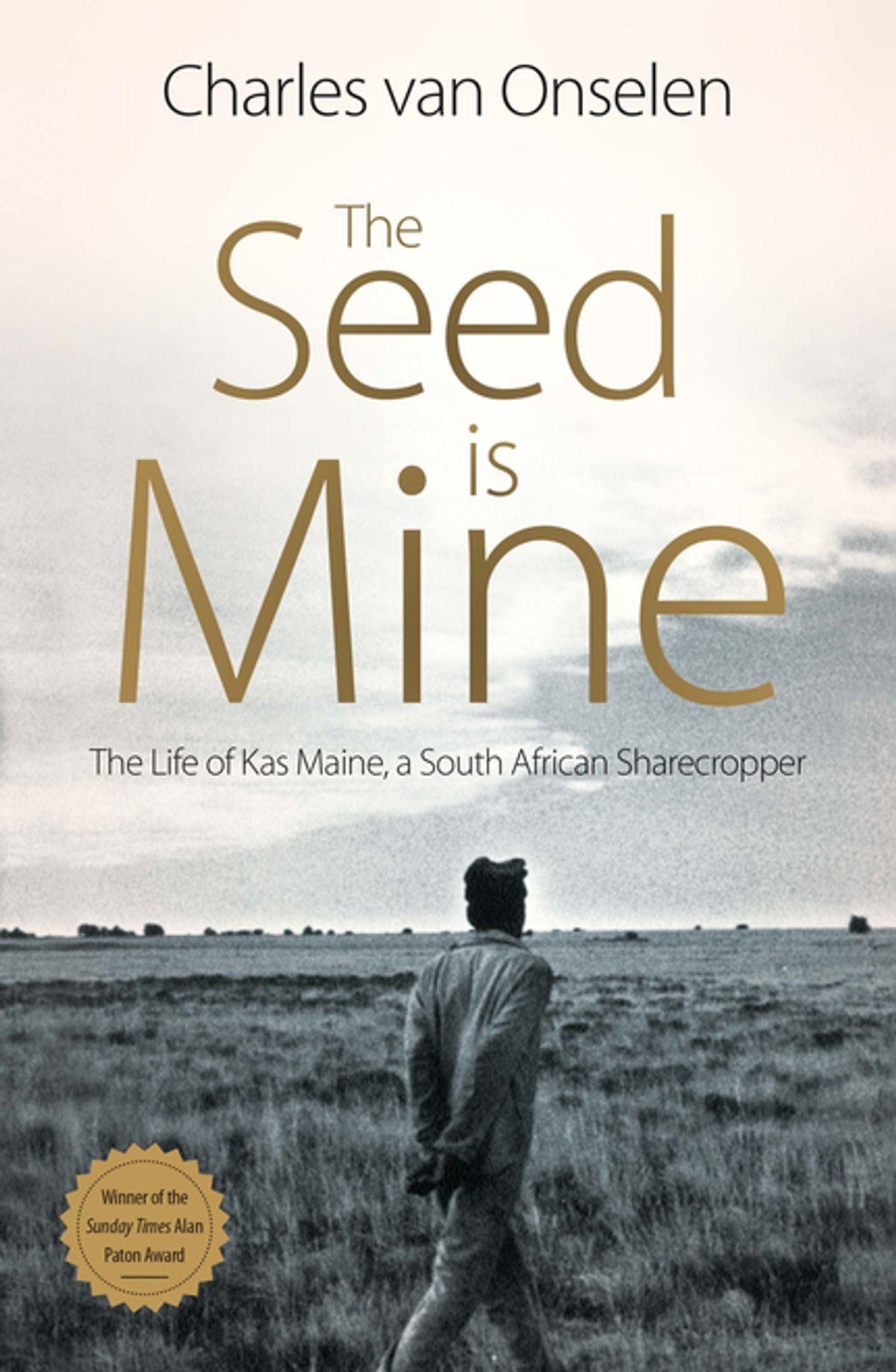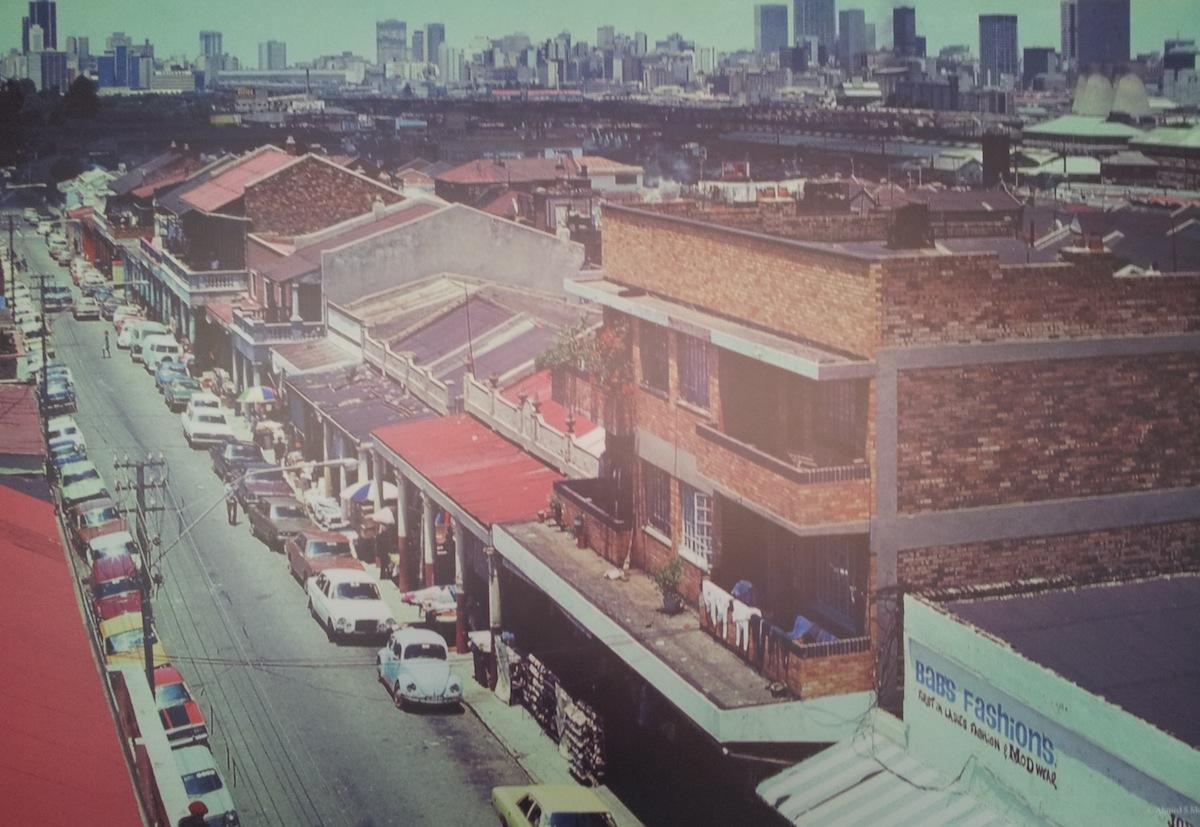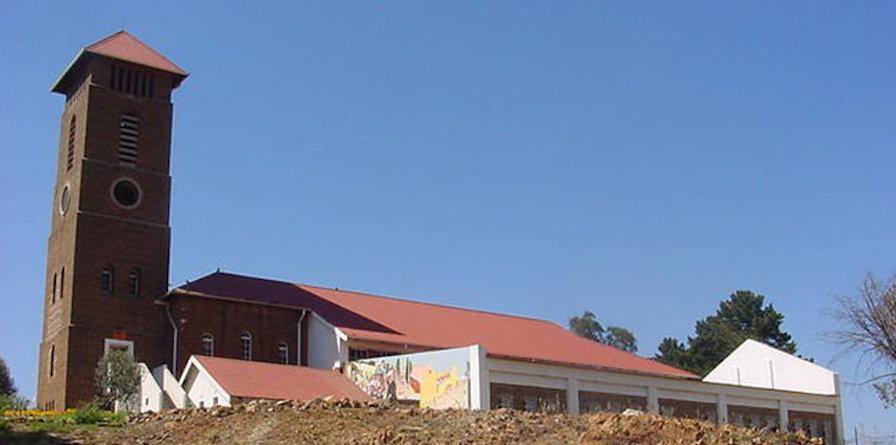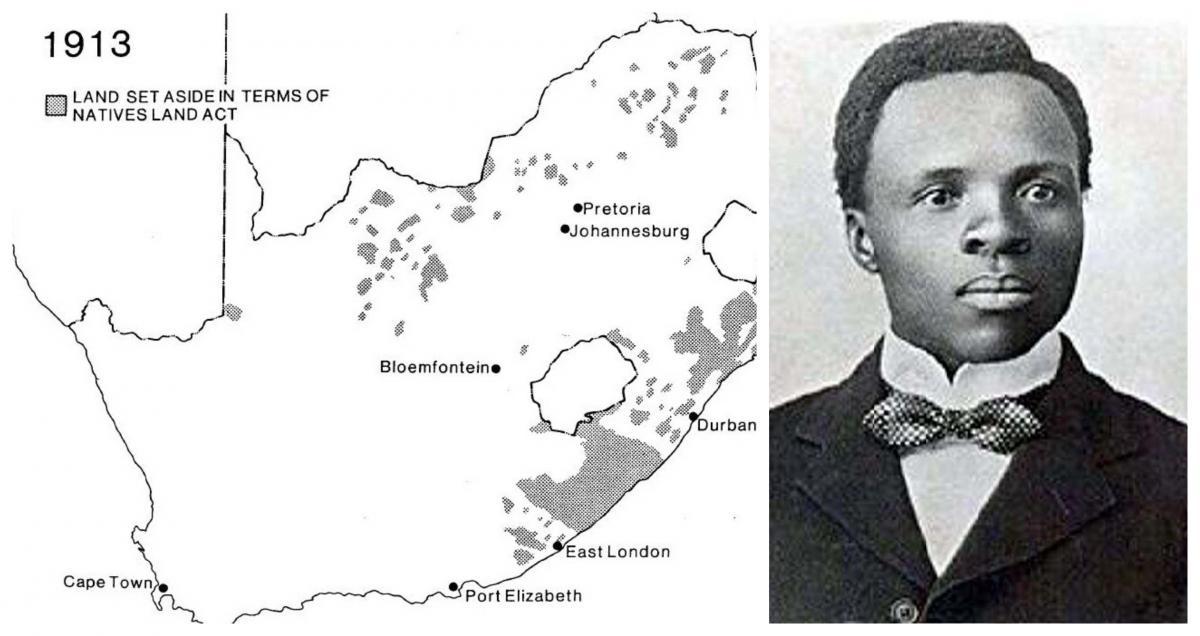
Disclaimer: Any views expressed by individuals and organisations are their own and do not in any way represent the views of The Heritage Portal. If you find any mistakes or historical inaccuracies, please contact the editor.
In the article below, journalist Lucille Davie unpacks the complex and painful history behind the 1913 Land Act. The article was first published on the Brand South Africa website on 17 October 2013. Click here to view more of Davie's work.
In 1913 law-abiding people were dispossessed of their only means of earning a living: land. The Native Land Act of 1913 forced millions of black South Africans from productive farms across the country, when their cattle, their homes, their crops and their possessions, were taken from them.
Around 7% of land was then relegated to black people, spread along the eastern coastal area, from East London in the Eastern Cape, upwards, to the border with Mozambique, and dots of land in Limpopo and North West provinces.
Map of the distribution of land according to the Act
Prior to the act, most of these black farmers were tenants on white farms, ploughing a portion of land given to them, and giving up to 50% of the harvest to the landlord, to pay for their tenancy. Now the act prohibited them from hiring or buying land. The landlord-tenant relationship was now a criminal offence, for which farmers could be fined £100, a considerable sum in those days. The black tenants would then be given a stark option: become the farmer’s paid servants, or leave the farm.
Native Life in South Africa
Sol Plaatje, in his 1916 book, Native Life in South Africa, before and since the European War and the Boer Rebellion, describes the disruption to people’s lives after the act was passed. Plaatje, who was born in the Free State in 1874, was a journalist and writer, and one of the co-founders of the African National Congress in 1912. He could speak six African languages, in addition to English, Dutch and German, and translated two of Shakespeare’s plays. He wrote a novel, entitled Mhudi, and published books of Tshwana folktales and proverbs.
Book Cover
Plaatje writes that the law “makes it illegal for natives to live on farms except as servants in the employ of Europeans”. It didn’t end there. Black people were also not allowed to live in a municipal area or own property in urban localities. “He can only live in town as a servant in the employ of a European.”
Europeans were considered to be any white person, originally settlers from Europe. The act in effect reduced the land owning of blacks to just 7%, in a country where they had settled almost 2 000 years before. The pastoral Khoi and hunter/gatherer Bushmen, the first people of South Africa, dating back some 40 000 years, were the first to be squeezed off their land by the early colonists, becoming servants to them, or worse, being shot and killed like game. Europeans colonised the country from 1652, the Dutchman Jan van Riebeeck creating a refreshment station at Cape Town.
By the late 1700s the first trekboers or Dutch farmers starting moving beyond the borders of the colony, into the Eastern Cape and the Free State. By the 1830s they had moved with their cattle into the Transvaal, now Gauteng, and into KwaZulu-Natal. By 1850 the Boers had demarcated the north-east of the country for themselves, forcing blacks into smaller and smaller portions of the land called “native reserves”. Others were allowed to keep smallholdings on a white farmer’s land, paying 50% of their crops over to the landlord.
Over the next 150 years blacks were forced, through poll and hut taxes, to leave the land and become servants and labourers. When gold was discovered in Johannesburg in 1886, thousands of labourers were required.
Miner's Monument, Johannesburg (The Heritage Portal)
Hearing and collecting stories
Plaatje spent several months after the act came into effect travelling around on a bicycle, hearing and collecting stories from those newly evicted off the land. He recounts a case where a young couple, with a sick baby, were forced off the land. They hitched up their wagon and after two nights on the road, their baby died. Having no land to bury the child, the only place where they were legitimate was the public road. They didn’t have a choice.
Sol Plaatje (via Wikipedia)
“This young wandering family decided to dig a grave under cover of the darkness of that night, when no one was looking, and in that crude manner the dead child was interred – and interred amid fear and trembling, as well as the throbs of a torturing anguish, in a stolen grave, lest the proprietor of the spot, or any of his servants, should surprise them in the act.”
Plaatje tells of a widow with her two teenage children and a toddler. When the law was passed, she was hopeful, being a widow, that she would be allowed to stay. She hoped that the “landlord would propose reasonable terms for her; but instead, his proposal was that she should dispose of her stock and indenture her children to him. This sinister proposal makes it evident that farmers not only expect natives to render them free labour, but they actually wish the natives to breed slaves for them.”
The widow Maria could not comply with these demands, so she was told to leave. Her thatched cottage was set alight, and with her clothes on her head, her 3-year-old on her back, the family left the farm, driving her cows before her, the children weeping bitterly. Plaatje has no knowledge of what happened to the family.
Exceptions to the rule
There were exceptions to the rule. Plaatje found on his travels that some white farmers were astonished at the cruelty of the new law. These farmers continued to accept blacks as tenants on their land, in defiance of the law. “’What has suddenly happened?” one of these landlords asked. ‘We were living so nicely with your people, and why should the law unsettle them in this manner?’”
But these farmers were under pressure from their racist neighbours, who would report them to the authorities, and they would then be forced to abide by the law. The hope of finding a place to stay on a sympathetic farmer’s land, even temporarily, was often squashed when the farmers were not permitted to take them in, for fear of being reported.
There was resistance to the new law. Women in the Orange Free State (now the Free State) marched on the mayor’s offices in Bloemfontein, the capital, renamed Mangaung. Their pleas were rejected and they were thrown into prison, in deplorable conditions.
Plaatje went to England in 1913 to protest against the law. He went again in 1919, after WW2, but he never succeeded in having it abolished or changed in any way.
Novelist Bessie Head wrote in 1982: “The 1913 Act created a floating landless proletariat whose labour could be manipulated at will, and ensured that ownership of the land had finally passed into the hands of the ruling white race. On it rest the pass laws, the migratory labour system, influx control and a thousand other evils that affect the lives of black people in South Africa today.”
Tenancy and sharecropping
Although the 1913 act outlawed tenancy and sharecropping, both continued on a smaller scale for several decades, and black farmers continued to produce surpluses for the market. But by the 1930s white farmers, with assistance from the government, started buying tractors. It was the final nail in the coffin for black farmers, who still relied on the ox-drawn plough. They headed for the towns and cities, to work for poverty wages.
In 1936 the Native Trust and Land Act extended the 7% black ownership to 13%, but this made no difference – the land set aside for blacks was simply not enough.
After 1948, when the Nationalist Party came into power, apartheid was formalised and more racist measures were introduced, measures that were used to further separate blacks from their land – separating them in schools, universities, residential areas, amenities, disallowing blacks from white areas, removing blacks from so-called “black spots” into the reserves, and most devastating, forcing all blacks to carry passes. Of course, passes were not new – blacks had been forced to carry permits of some form for decades.
The Surplus People Project reported in 1985 that between 1962 and 1980 around 3,5 million people had been uprooted and relocated. In the cities people were moved from inner city areas to townships on the edges.
A blue plaque in Johannesburg marks the site of an early Pass Office (The Heritage Portal)
Dispossession continued
The dispossession continued for decades, right into the 1980s.
There’s the story of Ou Kas Maine, documented by the late world-renowned photographer David Goldblatt. He was a sharecropper who managed to evade the restrictions of the act by having arrangements with a number of white and black farm owners. He was born around 1894, and died in his 90s. He told Goldblatt in Afrikaans: “Die saad is myne, die skare is myne . . . die span is myne, alles is myne. Die grond is syne.” Translated this means: “The seed is mine, the plough-shares are mine . . . the span of oxen is mine, everything is mine. The land is his.”
Goldblatt photographed him in 1980 in a resettlement camp in North West province before he died in 1985.
The cover of Charles van Onselen's famous book
The late respected photographer Santu Mofokeng says this as a preface to his photographs: “We carry around within us images of tenant families or yokels as we sometimes refer to them. We think we know their plight: low wages, long working hours and inadequate working conditions to mention a few of the less contentious laments. Their life of hardship passes heedlessly away from the glare of television and the print media.”
There were also the “swervers” or trek folk, coloureds who travel around the Karoo on donkey carts still, all their possessions in the cart with them. They do odd shearing jobs, but live on the edge, sleeping in the veld, dispossessed of their land in the distant past.
Then there’s Fietas, an area just west of the Johannesburg city centre that was settled from the turn of the century by Malay and coloured people. It wasn’t long before Chinese, African and Indians settled in the vibrant suburb. Fourteenth Street became the shopping mecca of the town, with people coming from Pretoria to do their shopping there. But that’s what was its downfall – it was too successful and was rezoned, under the Group Area Act, as a white area, and from 1964 to 1978 the people of Fietas were moved out. Homes and shops were demolished but like a similar area in Cape Town, District Six, it has been left as a wasteland for decades, with only a few new homes going up.
Old photo of Fietas (Fietas Museum)
A decade prior to this, the apartheid government sent in the bulldozers to Sophiatown, some 10km north-west of the Joburg city centre. By 1963 all that remained of this vibrant but often violent suburb were a few churches, a school and a house. A new white working-class suburb grew up from the rubble, called Triomf, meaning “triumph” in Afrikaans. In 2006 the suburb was renamed Sophiatown. It had been home to poets, writers and singers like Dolly Rathebe and Dorothy Masuka.
Church of Christ the King, Sophiatown (Lucille Davie)
Restitution of land rights
Blacks were forced to give up more than their land and possessions – they gave up their freedom, to be enslaved for the next 81 years, until democracy dawned in 1994.
The 1994 Restitution of Land Rights Act was passed to allow those who had had their land taken away with the 1913 act to apply to get their land back. And so the long and difficult process of returning land to those South Africans who had been wronged began, and continues today.
Bushmen and Khoi people, who were the original owners of South Africa, were of course excluded from the 1913 restitution because they were dispossessed of their land a century or two beforehand.
The land issue will probably never be finally resolved.
Lucille Davie has for many years written about South Africa's people and places, as well as the country's history and heritage. Take a look at lucilledavie.co.za
Comments will load below. If for any reason none appear click here for some troubleshooting tips. If you would like to post a comment and need instructions click here.

